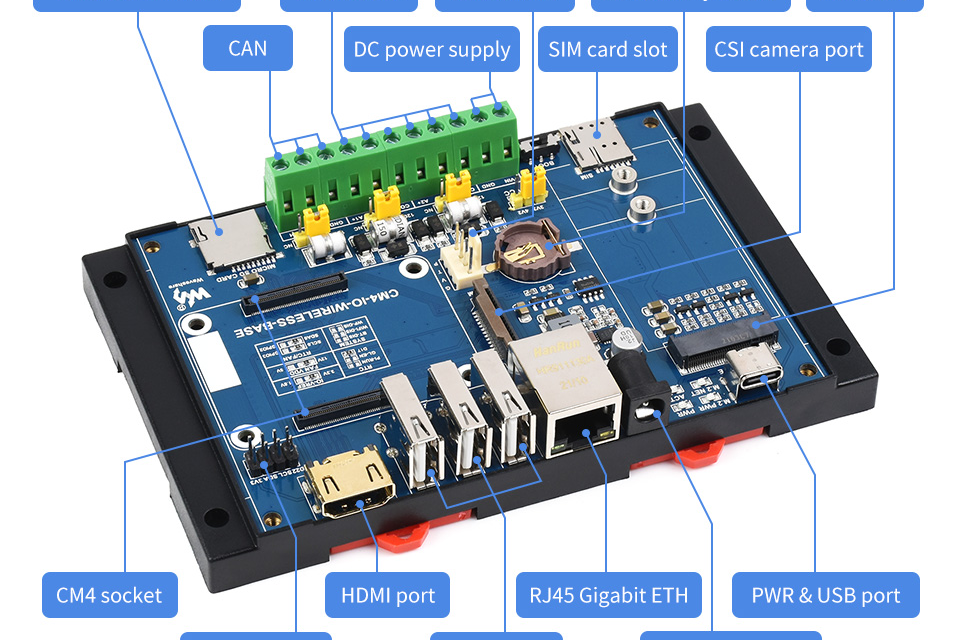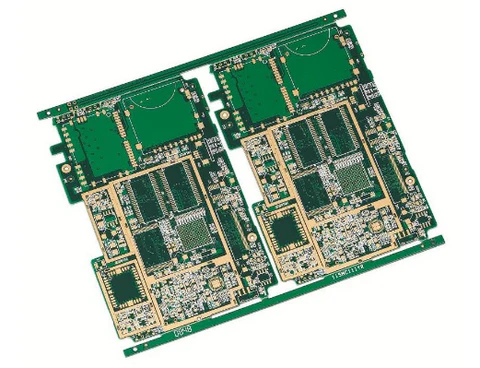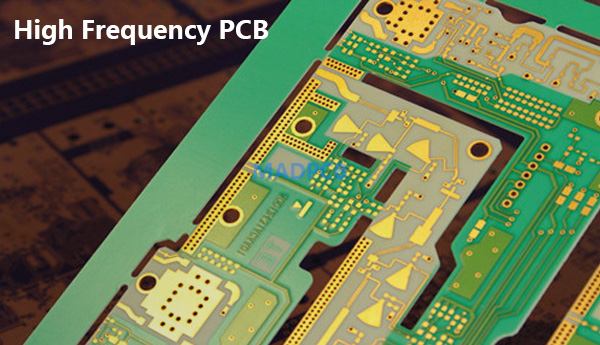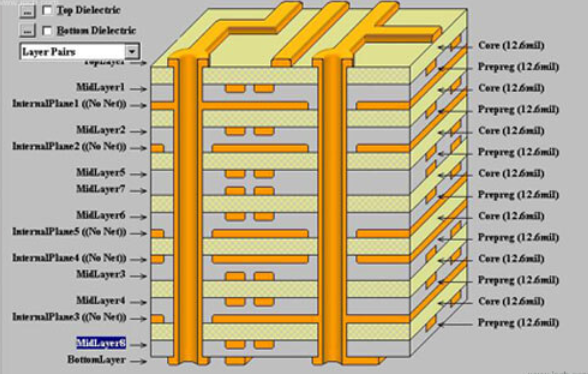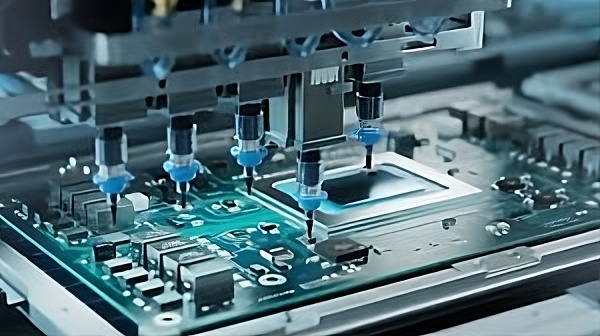1. Engineering Overview Next-generation 5G base stations require high-density, miniaturized RF front-end modules with low insertion loss, precise impedance, and stable phase performance across mmWave bands (28–39 GHz). PTFE PCB laminates, with Dk = 2.15 ± 0.02 and Df = 0.0009 @10GHz, provide superior dielectric consistency and thermal stability for tightly packed MIMO...
HomeTag
phase stability - KKPCB
Dielectric Uniformity and Manufacturing Precision of PTFE PCBs for Aerospace Communication Equipment
1. Engineering Overview Modern aerospace RF communication equipment, including satellite transceivers and spaceborne antenna modules, demands ultra-low-loss PTFE PCBs with tight dielectric uniformity and precise manufacturing tolerances. Small variations in Dk or CTE can lead to phase drift, impedance mismatch, and degraded link margin in Ku/Ka-band RF payloads. PTFE PCB laminates, with Dk...
1.Engineering Overview / Abstract Modern satellite communication payloads operating in Ka- and Ku-band frequencies require PCB substrates with ultra-low loss, precise impedance control, and stable phase performance. PTFE PCB laminates provide an ideal platform for high-frequency RF interconnects due to their low dielectric constant (Dk = 2.10 ± 0.03) and minimal loss tangent (Df...
1. Engineering Overview As modern vehicles advance toward full autonomy, automotive radar and ADAS (Advanced Driver-Assistance Systems) demand exceptional signal fidelity and real-time response under wide temperature ranges and mechanical stress. Within these radar transceiver modules, Ceramic PCB substrates play a pivotal role in ensuring phase stability, low dielectric loss, and long-term thermal reliability. ...
1. Engineering Overview Industrial wireless sensor networks demand high-frequency signal consistency, low insertion loss, and long-term phase stability to maintain accurate sensing and communication. PCBs in these systems must withstand thermal cycling, humidity, and mechanical stress without compromising RF performance. Megtron 7 PCBs, featuring Dk = 3.40 ±0.02 and Df = 0.0018 @ 10...
1. Low-Loss Signal Requirements in Automotive Radar Systems Automotive radar and ADAS modules operate at 77–79 GHz frequencies, demanding minimal insertion loss and consistent phase integrity. Dense multilayer routing, compact stackups, and exposure to thermal cycles present challenges for signal fidelity. Megtron 6 PCBs, with Dk = 3.45 ±0.02 and Df = 0.002 @10...
1. Engineering Overview / Abstract As 5G smartphone antenna modules integrate multiple MIMO paths and beam-forming arrays, precise impedance control and thermal uniformity become critical for stable signal transmission. Taconic RF-35 PCB substrates enable consistent dielectric performance and low-loss propagation under compact, multilayer conditions. KKPCB engineers apply fine-tuned lamination and impedance verification processes to...
1. Introduction In advanced RF and microwave test systems, where signal accuracy defines measurement integrity, the substrate material directly determines consistency. The RF-35 PCB—a low-loss laminate with optimized dielectric uniformity—has become a preferred platform for network analyzers, calibration modules, and power sensors operating between 20 GHz to 50 GHz. KKPCB’s engineering framework addresses key...

